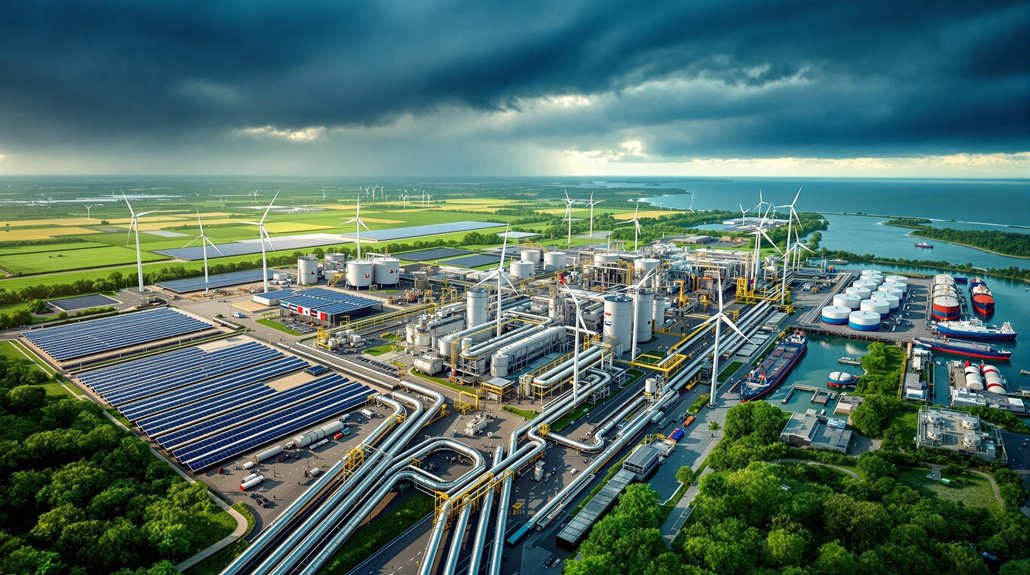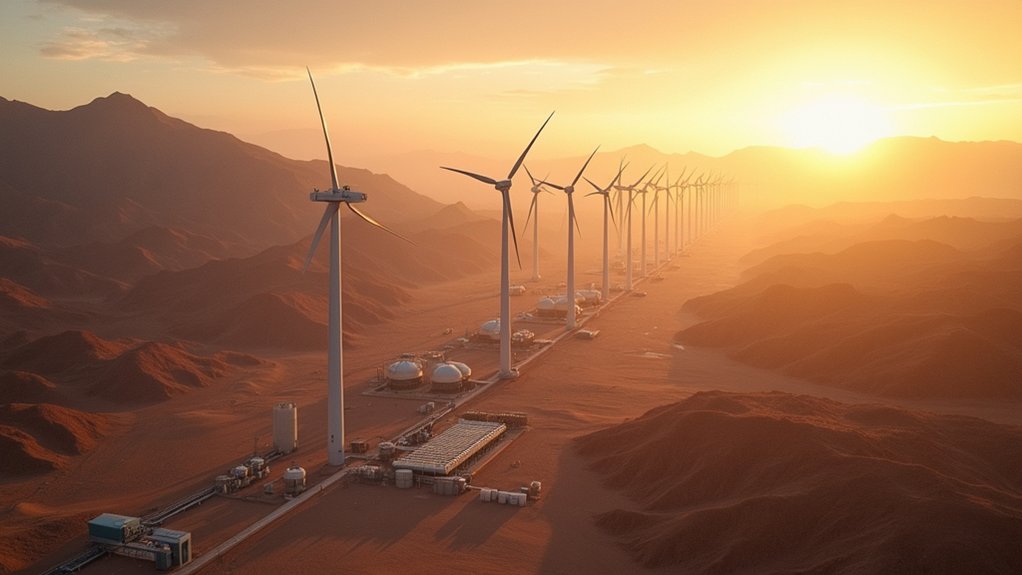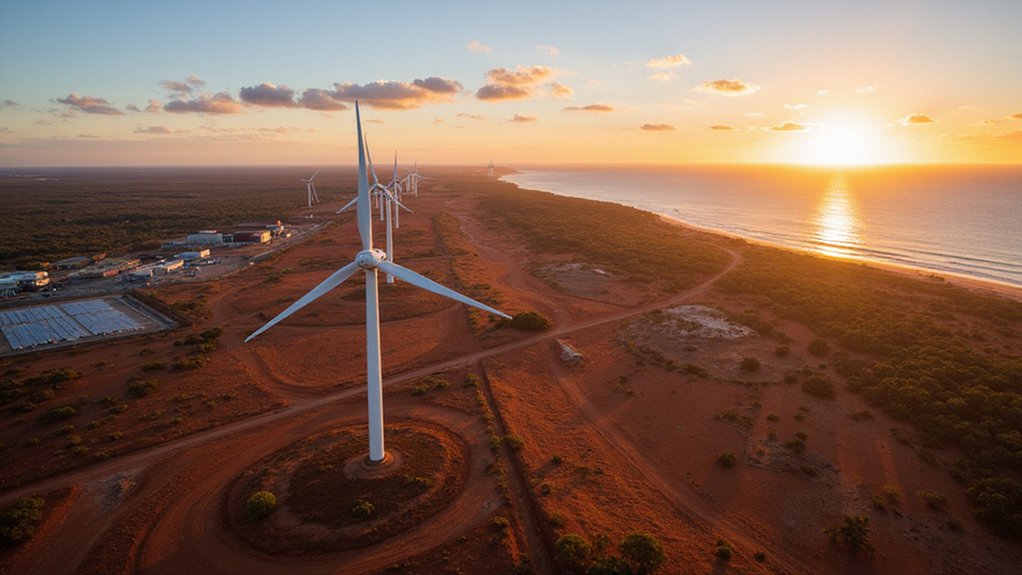Clean hydrogen producers face tough new rules from the Treasury Department. The government’s strict requirements for tax credits under the Inflation Reduction Act have shocked the industry. Companies must now use zero-carbon energy sources that match their production schedule both hourly and regionally. This change threatens billions in potential funding for hydrogen projects. Industry leaders question if these standards will help or hurt America’s climate goals in the coming years.
Clean hydrogen producers are facing new challenges as the Treasury Department’s final rules for tax incentives take effect. The regulations, released on January 3, 2025, maintain the strict “three pillars” approach first proposed in December 2023. Under these rules, only hydrogen projects using zero-carbon energy sources can qualify for the top tax credits.
The final guidance is part of Section 45V of the Inflation Reduction Act, which created a 10-year incentive program for clean hydrogen production. This program offers producers up to $3.00 per kilogram of hydrogen. The Treasury Department’s rules require clean energy to be generated in the same region and same hour as hydrogen production.
The Treasury’s 45V rules mandate hourly and regional matching between clean energy generation and hydrogen production to qualify for full incentives.
While the core requirements remain tough, the final rules do include some new flexibility for producers. This balance aims to maintain program integrity while making compliance more achievable. The regulations were officially published in the Federal Register on January 10, 2025.
The Department of Energy has released supporting documents to help with implementation. This includes the 45VH2-GREET model (revised January 2025), which calculates lifecycle greenhouse gas emissions for different production methods. A manual and change log were published on January 13, 2025, to guide proper use of this model.
Clean hydrogen is viewed as critical for reducing emissions in hard-to-decarbonize sectors like heavy industry and commercial transportation. The World Resources Institute has endorsed the Treasury’s approach, saying it supports meaningful climate progress. Geothermal energy could provide a reliable alternative for hydrogen production with its 96% capacity factor and continuous operation that isn’t affected by weather conditions.
The industry is now adjusting to meet these requirements. Companies must demonstrate compliance with the three pillars approach to secure tax incentives. Many producers are shifting their focus to meeting the hourly matching requirements for clean energy use. Industry expert Angela Anderson highlighted that these requirements are designed to maximize pollution reduction based on production methods.
Beyond Section 45V, the Inflation Reduction Act includes other support mechanisms for hydrogen technologies. Multiple federal agencies, including the Department of Energy and Environmental Protection Agency, are working to address barriers to hydrogen adoption as part of the U.S. clean energy shift. The upcoming ELI GreenTech Webinar on April 21, 2025 will provide a comprehensive analysis of these evolving regulatory developments.
References
- https://www.energy.gov/articles/clean-hydrogen-production-tax-credit-45v-resources
- https://www.wri.org/news/statement-us-treasury-department-rules-cleanest-hydrogen-projects-receive-top-tax-credits
- https://www.energy.gov/eere/fuelcells/financial-incentives-hydrogen-and-fuel-cell-projects
- https://h2fcp.org/content/greentech-clean-hydrogen-projects-policy-and-law-2025-and-beyond
- https://www.bakerbotts.com/thought-leadership/publications/2025/february/final-section-45v-clean-hydrogen-production-tax-credit-regulations-a-closer-look








